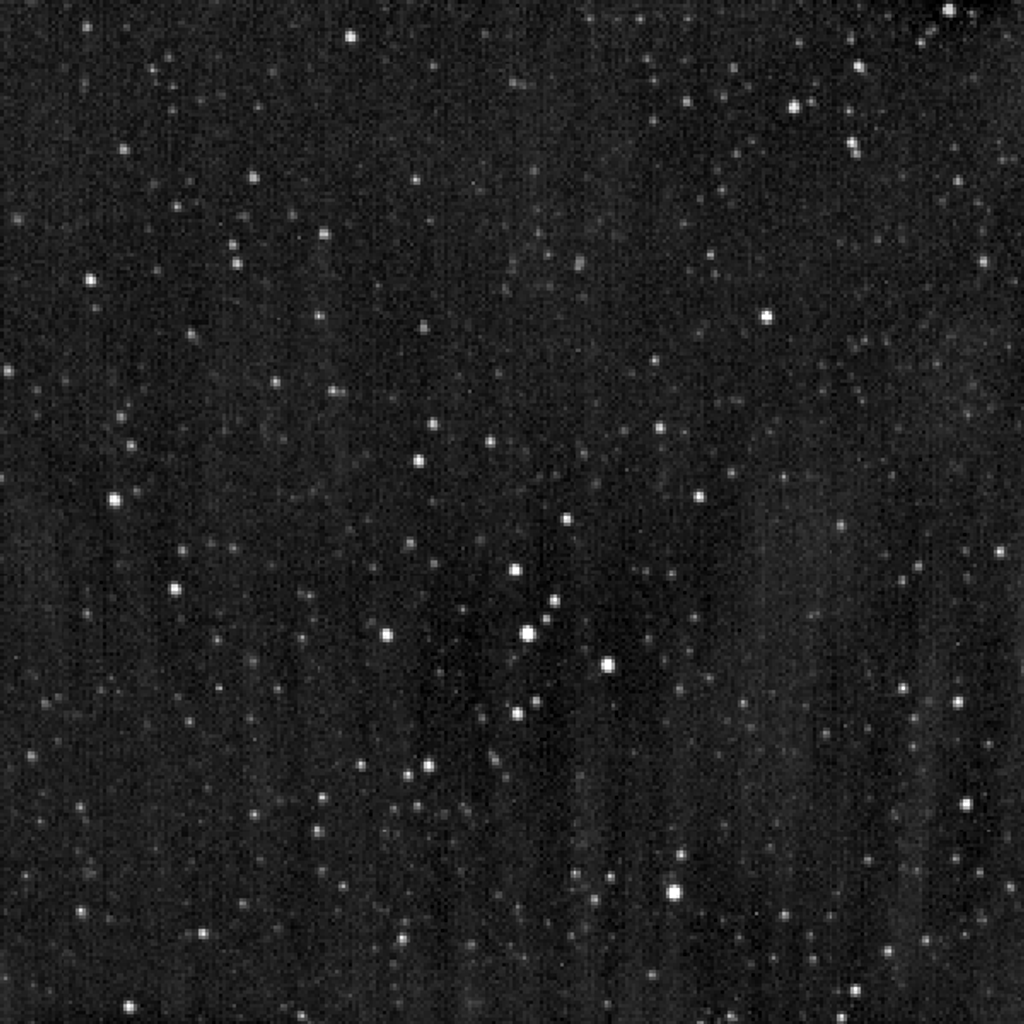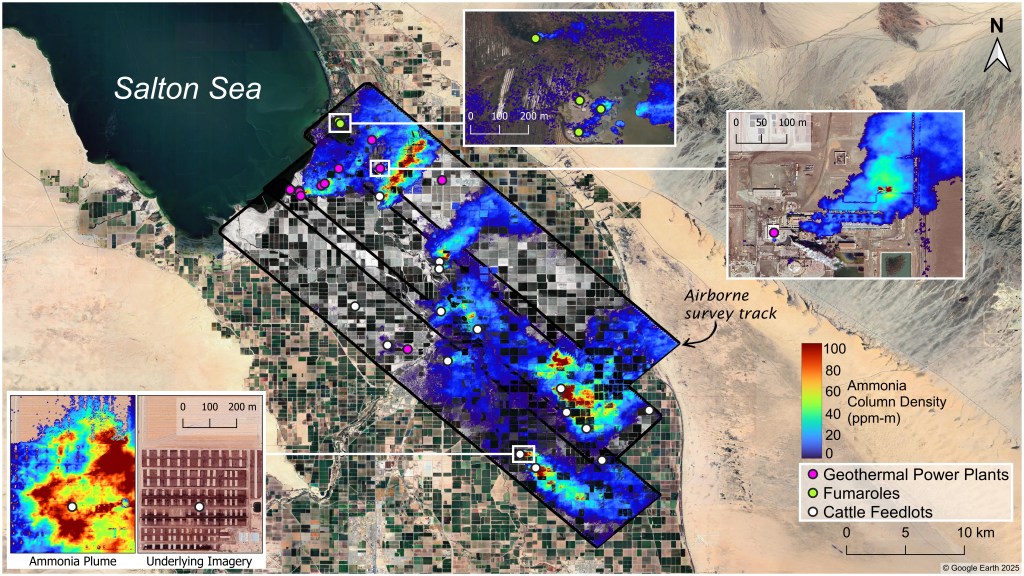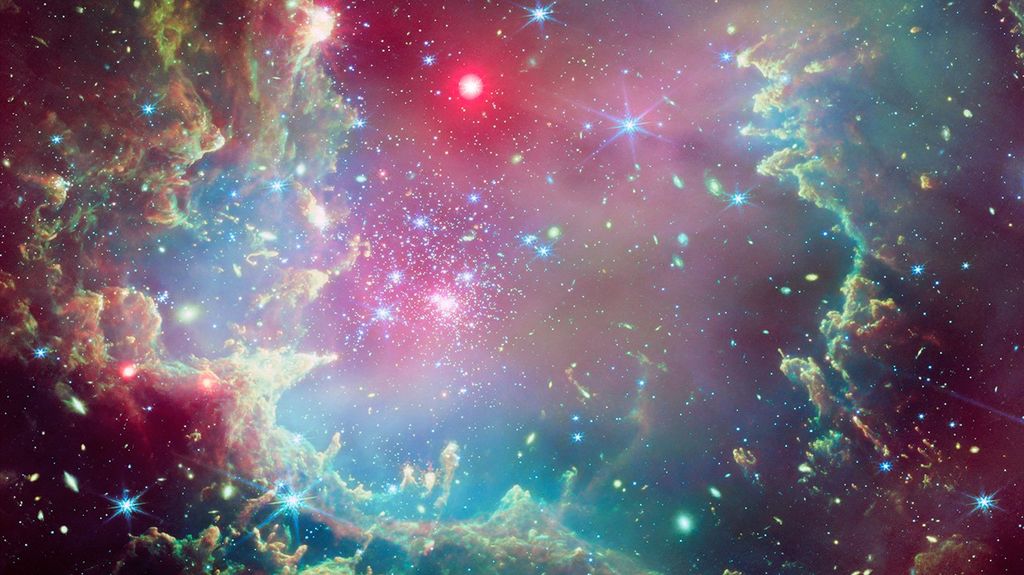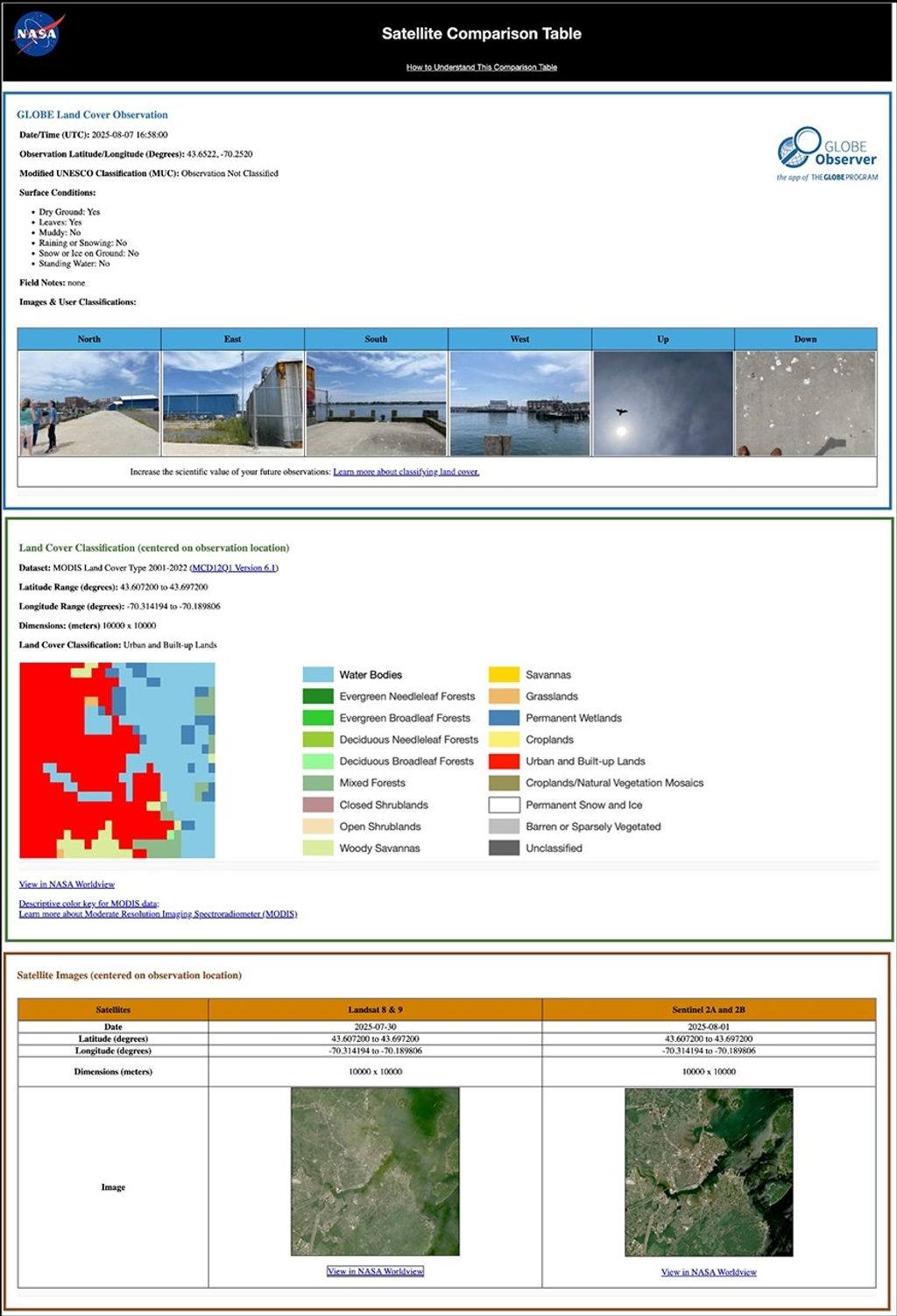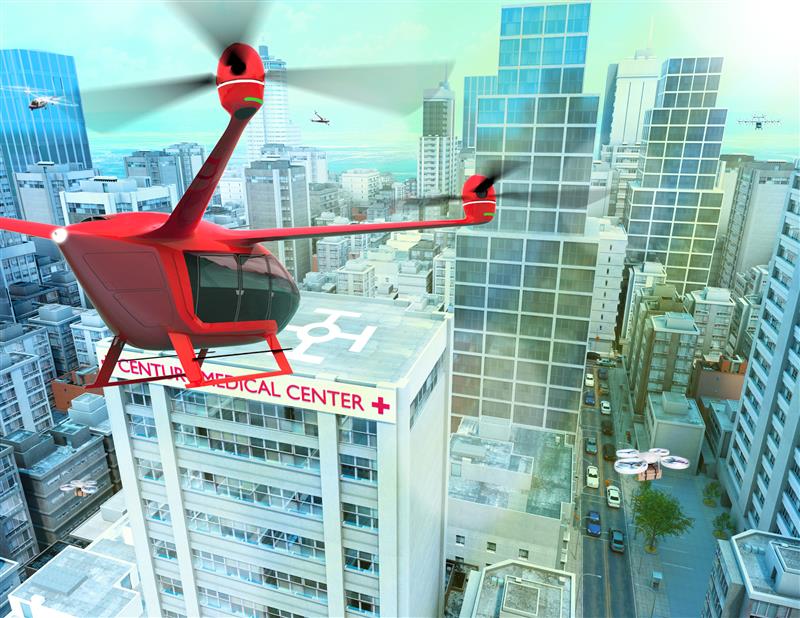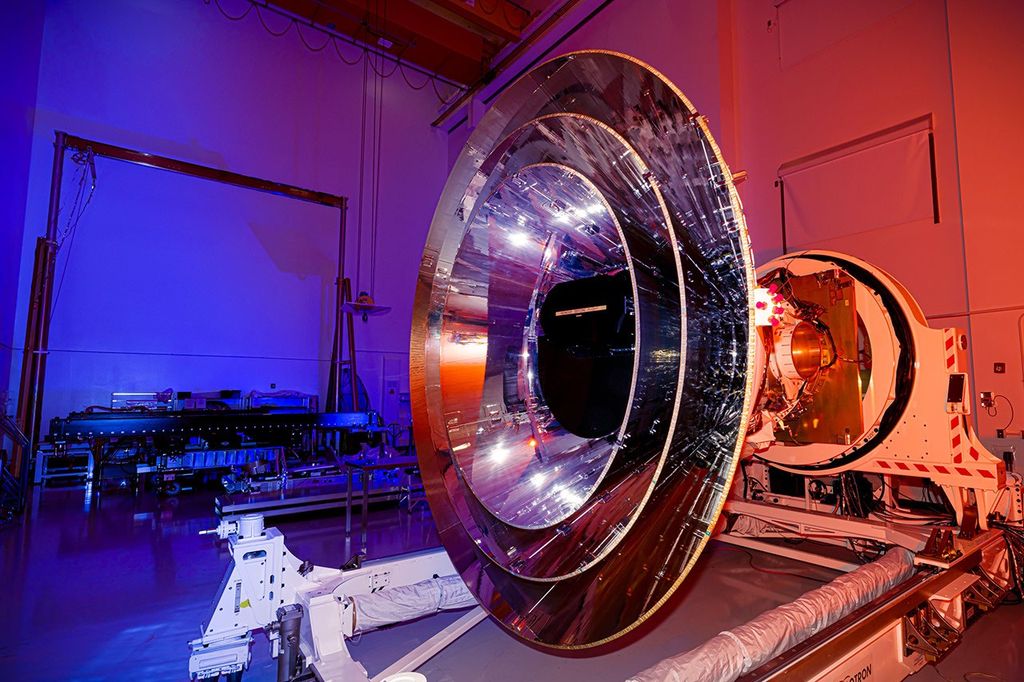
On April 1, 1983, divers and astronauts at NASA’s Marshall Space Flight Center in Huntsville, Ala., prepared for the first satellite repair mission in space. Before the repair, the crew of Space Shuttle Challenger mission STS-41-C spent months at the Marshall Center Neutral Buoyancy Simulator, an underwater training facility that is now a historic landmark. They used a mockup of the Solar Maximum satellite to practice retrieving the satellite and piloting a new Manned Maneuvering Unit (MMU), which allowed astronauts to travel in space without being tethered to the shuttle.
On April 6, 1984, Space Shuttle Challenger (STS-41C) traveled to the satellite, which was designed to study the sun but had a systems failure about a year after it was launched. The crew initiated a series of firsts for NASA: the first satellite retrieval, the first service use of a MMU and the Remote Manipulator System, and the space shuttle Challenger’s fifth space flight. The crew retrieved Solar Max, repaired it, and placing it back in service. The Solar Maximum Repair mission provided engineers with valuable data that helped them design the Hubble Space Telescope for on-orbit repair and maintenance.
Image credit: NASA/MSFC






